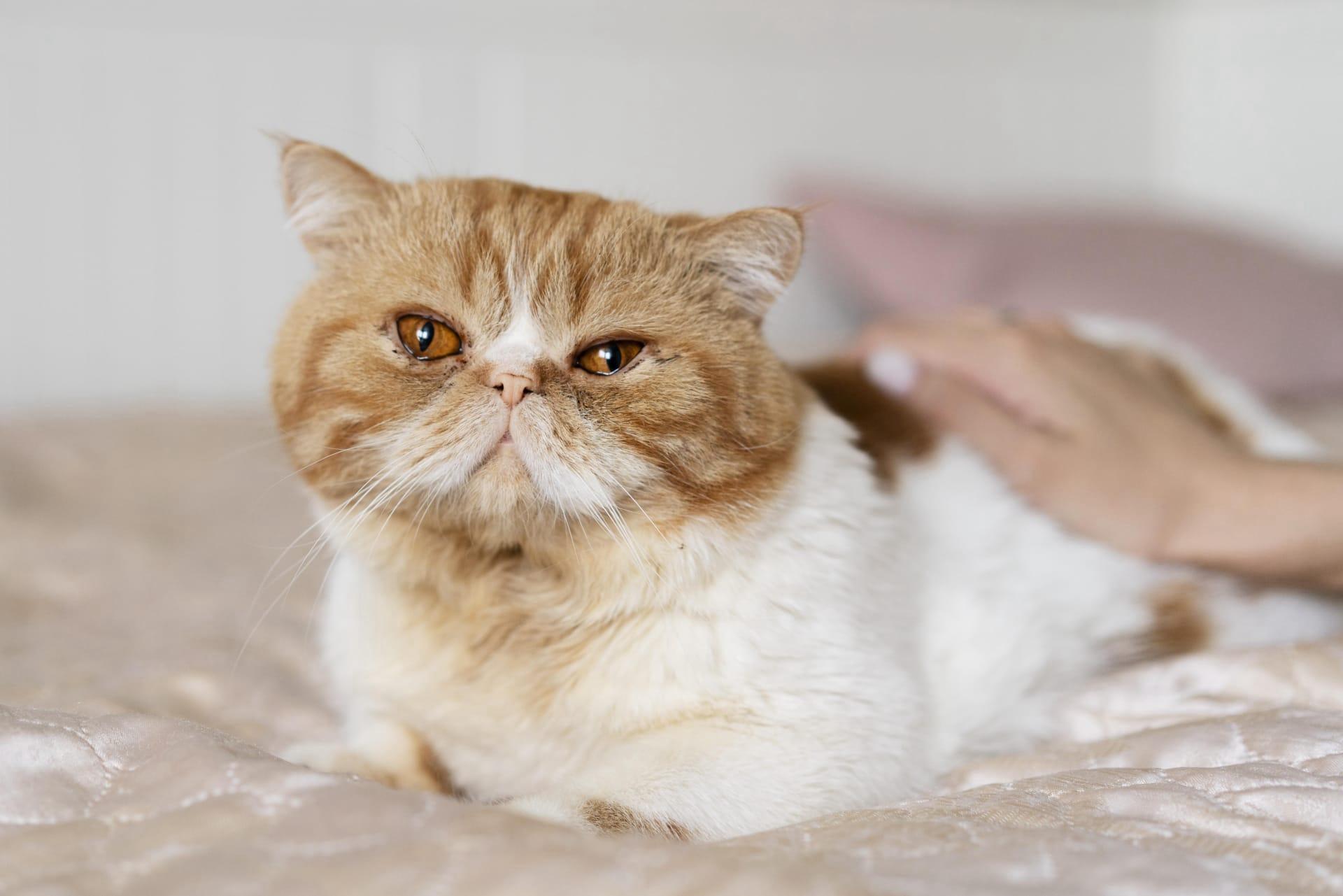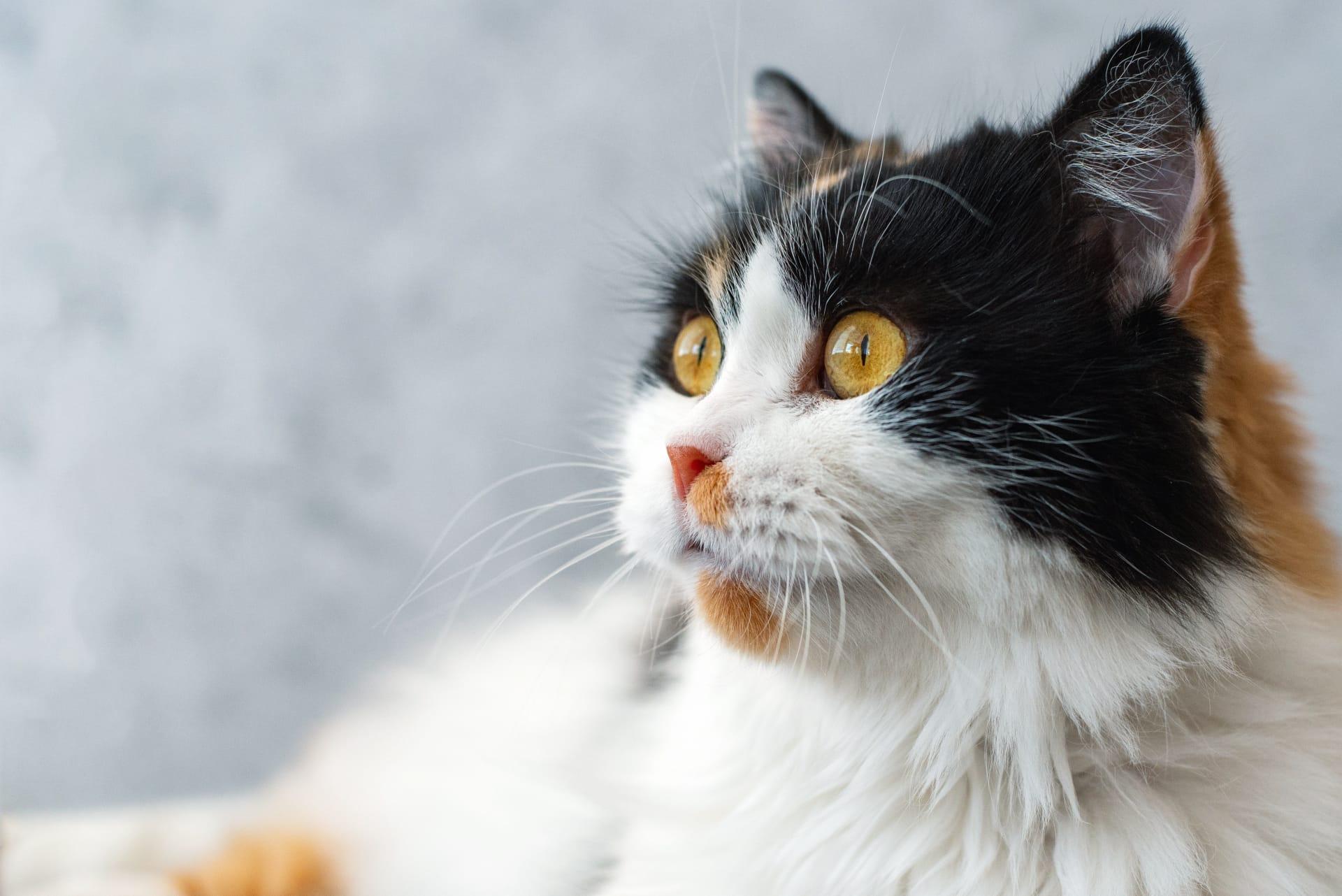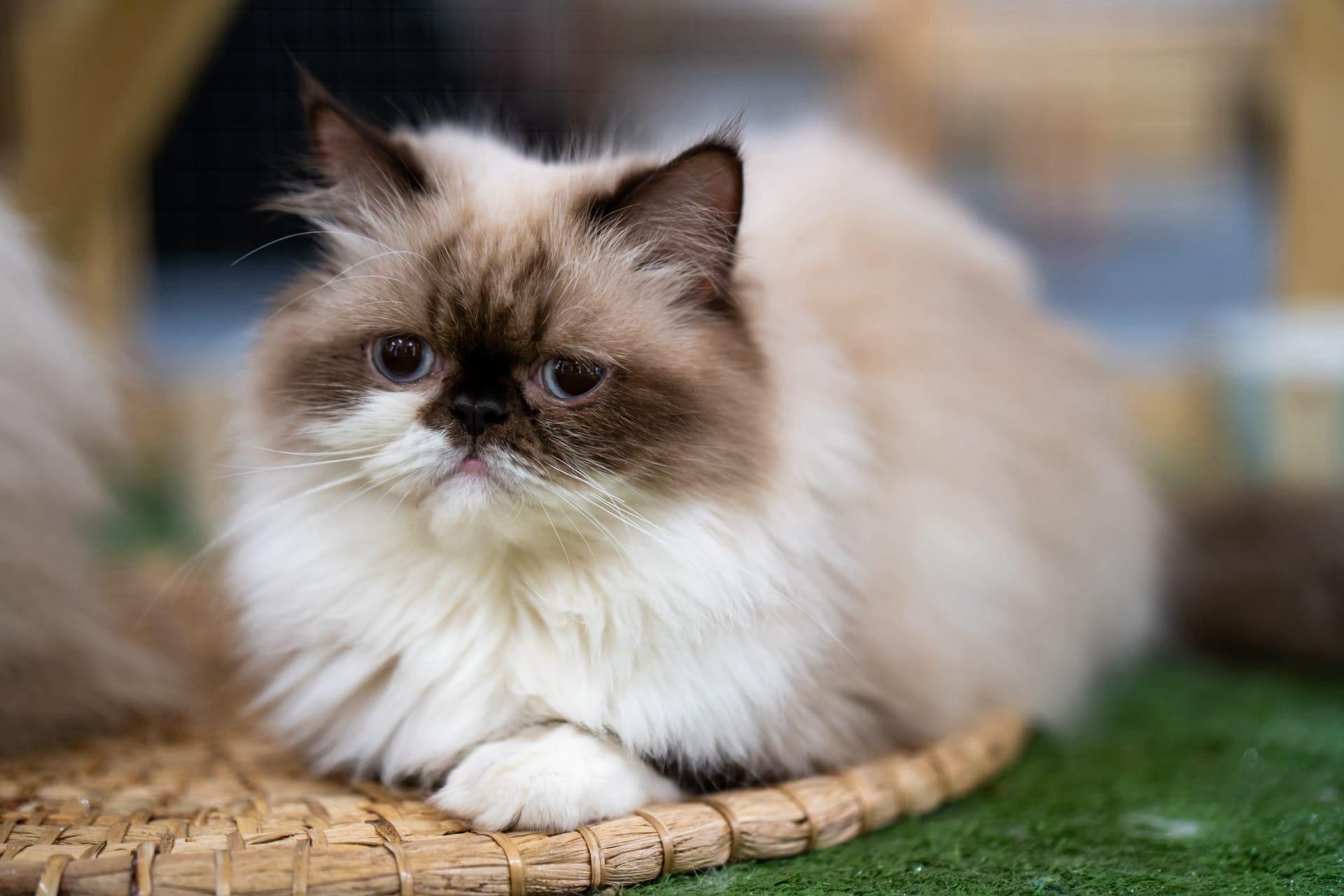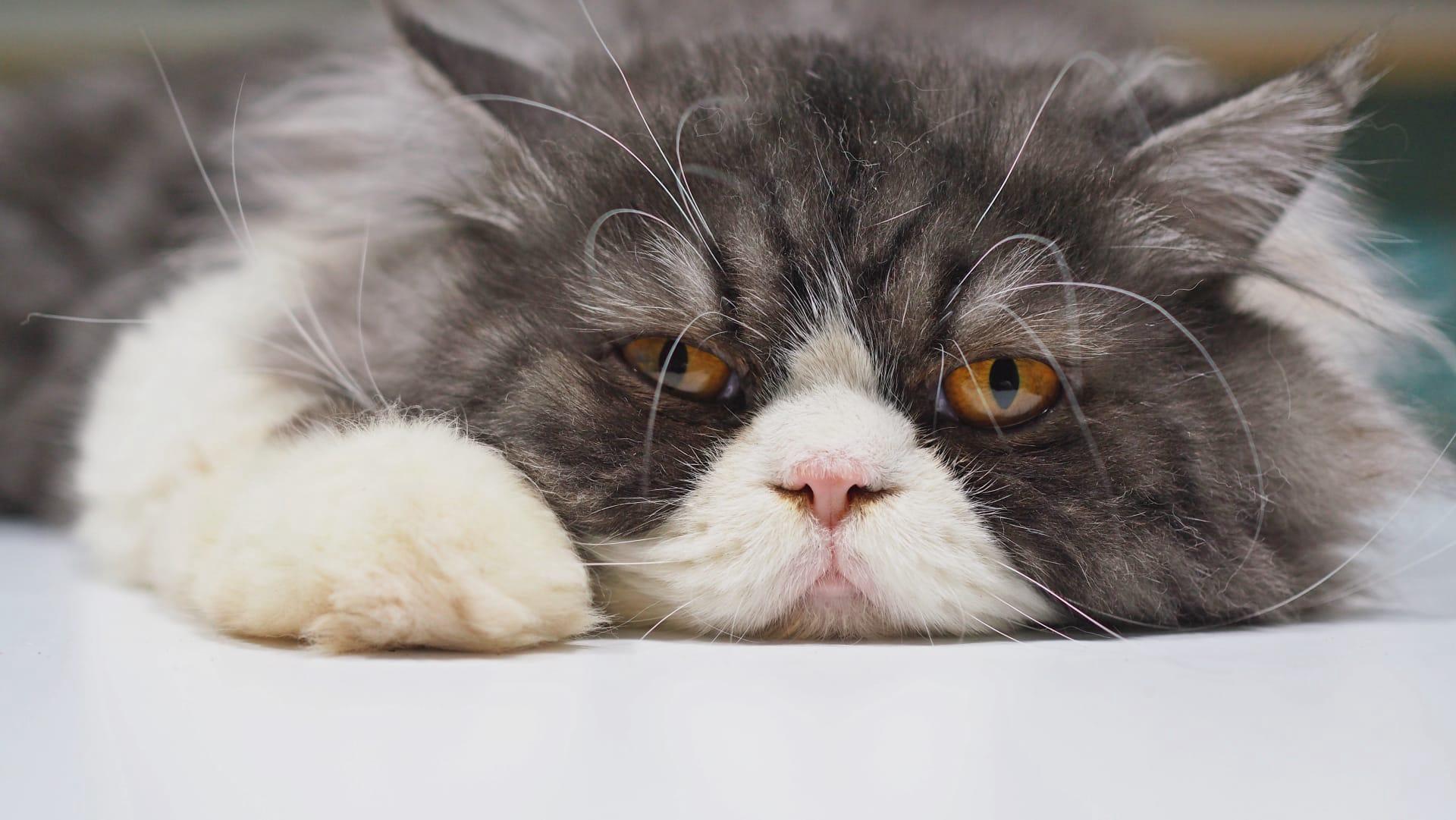Persian Cat
- Home /
- Mini Encyclopedia /
- Animal /
- Persian Cat
1
The Persian cat belongs to the Felidae family, specifically under the domestic cat (Felis catus) species. This breed is characterized by its long, luxurious coat, broad face, and short muzzle. It's classified within the domesticated species, having been selectively bred for its distinct appearance and temperament. Genetic studies show that Persian cats share a close ancestry with other long-haired breeds, indicating a selective breeding history that has emphasized their unique physical traits.
Persian cats are found worldwide, enjoying popularity in many countries due to their striking appearance and gentle nature. Originally, these cats were imported to Italy from Persia (now Iran) in the 1600s, which is how they acquired their name. Their popularity soared in Victorian England, and they were among the first breeds to be recognized in cat shows. Today, Persian cats are one of the most favored and recognizable breeds across the globe, with a particularly strong presence in the United States, Europe, and Asia. Their adaptability to indoor living makes them a preferred choice for many cat lovers.

2
Question: Do Persian cats require less grooming because of their calm demeanor?
Answer: Contrary to this common misconception, Persian cats require extensive grooming due to their long, luxurious coat. Their calm demeanor does not negate the need for daily brushing to prevent mats and tangles. The breed's dense fur can quickly become unmanageable without regular care. Additionally, their facial structure necessitates regular cleaning of the eyes to prevent tear staining. Thus, while their tranquil personality might make grooming sessions more manageable, their coat demands significant maintenance.

3
Persian cats have a long-standing relationship with humans, characterized by their role as companion animals. They are renowned for their gentle and placid temperament, making them ideal pets for families and individuals seeking a quiet, affectionate companion. Their ability to form strong bonds with their owners has made them a popular choice for indoor pets. The breed's adaptability to apartment living and their low activity levels contribute to their appeal among those living in urban environments.
The history of Persian cats as luxurious and prestigious pets dates back centuries, with their presence in art, literature, and the households of royalty underscoring their status. This historical association with wealth and luxury has contributed to their mystique and desirability. Today, Persian cats continue to be celebrated for their beauty and temperament, featuring prominently in cat shows and competitions worldwide, further cementing their special place in the hearts of cat enthusiasts.

4
The origins of the Persian cat trace back to the Middle East, particularly Iran (historically known as Persia), where their long, luxurious coats were likely developed as protection against harsh winters. They were brought to Europe in the 17th century, where their exotic appearance quickly gained them favor among nobility and cat lovers. The breed's history in Europe is marked by its rapid rise in popularity, becoming a symbol of luxury and refinement.
Over the years, selective breeding has significantly altered the appearance of the Persian cat. Early Persians had a more moderate facial structure, with a longer nose and less pronounced cheeks. Through decades of breeding for specific traits, the modern Persian has evolved to have a much flatter face, a feature that distinguishes it today. This evolution has been met with both admiration for the breed's distinctive look and concern for health issues related to their facial structure. Despite this, Persian cats remain one of the most beloved and sought-after breeds, with ongoing efforts to ensure their health and well-being through responsible breeding practices.

5
Film: One notable documentary featuring Persian cats is "The Wonderful World of Cats - HD Nature Wildlife Documentary," which, although not exclusively about Persians, provides insightful segments on the breed. This documentary, produced in the United States in the early 2000s, delves into the history, characteristics, and care of various cat breeds, including the Persian. It highlights the breed's luxurious coat, distinct facial features, and its status as one of the most popular and beloved cat breeds around the world.
Book: "The Persian Cat" by Dorothy Bevill Champion, published in the United Kingdom in the late 20th century, is an authoritative guide on the breed. Champion, a renowned cat breeder and judge, offers an in-depth look into the care, grooming, and history of Persian cats. The book combines practical advice with historical anecdotes, making it a valuable resource for both Persian cat owners and enthusiasts.
Book: Another essential read is "Guide to Owning a Persian Cat" by Juliet Seymour, published in the United States in the early 21st century. Seymour's book covers a wide range of topics, including breed standards, health care, nutrition, and grooming. The author's expertise and love for Persian cats shine through, providing readers with a comprehensive guide to raising a happy and healthy Persian cat.